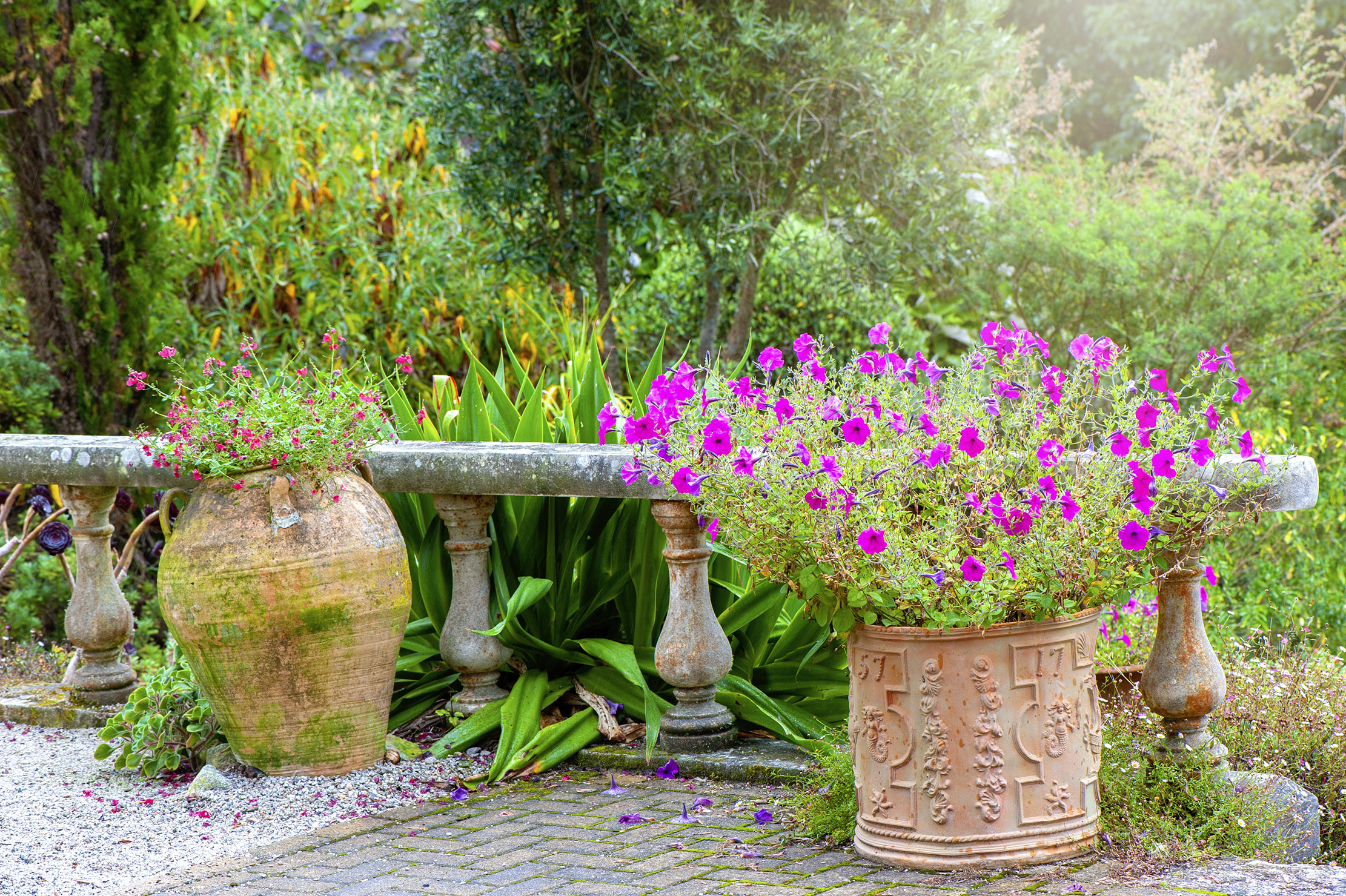Alan Titchmarsh: The garden blunder that caught me out — and how it's going to cost me than I can admit to my wife
Alan Titchmarsh thought his 'old friends' growing peacefully in their pots would be safe. He was wrong.


‘Leave it alone, ma’am’ was Lord Melbourne’s sage advice to Queen Victoria whenever she considered intervening in affairs of state. It is a stance frequently favoured by gardeners, but my fellow columnist Charles Quest-Ritson pointed out recently the dangers of such an approach when it comes to trees and shrubs in bed and border.
All too often they are allowed to remain in situ until well past their sell-by date — their habit ungainly, their vigour diminished and their beauty questionable. But they are old friends and no one likes to be accused of being disloyal to old friends... No, harden your heart, thank them for their contribution over the years and regard their removal as a planting opportunity.
Yet, if a plant is doing well, and there appears to be no sign of a slackening in vigour, then the gardener could be forgiven for thinking that all is well and the Lord Melbourne dictum would appear to be the sensible one. Ah, but there are exceptions.
"If it’s all the same to you, I would rather not write down the precise sum lest my wife catches sight of it"
About 15 years ago, I planted seven lollipop-shaped topiary yews in massive terracotta flowerpots along the edge of our Yorkstone terrace. The pots are about 3ft high and 2ft across and the yews have been well fed and watered over the years, top-dressed annually with fresh compost. They are healthy, despite having resided in their containers for a long time.
Then came the cold snap at the end of January. For the first time in 20 years, the ice on our wildlife pond froze thick enough to bear my weight.
Subsequently, a large crack opened up down the side of one of the pots, and two lumps of terracotta fell from the base. It was clearly beyond repair. A replacement will cost… if it’s all the same to you, I would rather not write down the precise sum lest my wife catches sight of it.
There is a difference between pots that are described as being ‘frost resistant’ and those that are sold as ‘frost proof’. Ones of British manufacture from the likes of Jim Keeling at Whichford Pottery in Warwickshire have, with me, lived up to their ‘frost-proof’ name for the past quarter century, unlike some cheaper imported versions, which have cracked and crumbled after a frosty spell.
Exquisite houses, the beauty of Nature, and how to get the most from your life, straight to your inbox.
"The laws of physics are inflexible — much like my cracked pot"
My large ‘yew pots’ are from Italy, but, over the years, have shown no sign of frost damage, until now. However, I made the mistake of assuming that, because the plants were growing happily, I could leave them alone. They would show me when they were hungry or when the compost in the pot was no longer sufficient for their needs. They are old friends and I pass them several times a day. I knew that the time would come when they would need rehoming or repotting, but I had thought that the moment had not yet arrived. I was wrong.
Once a large pot is completely full of roots and the compost is moist, the combination of expansion due to freezing temperatures, and the mass of plant tissue within the compost means that something has to give, regardless of the ability of the terracotta itself to resist frost. The laws of physics are inflexible — much like my cracked pot.
Perhaps my complacency might serve as a lesson. When topiary specimens such as my yews are grown in large terracotta pots — even those that are considered ‘frost proof’ — it is worth removing them from the pots before they completely swamp the compost with roots. The rootball can be cut back and reduced in size with a sharp spade (think of it as bonsai on a larger scale) and the plant repotted in the same container with fresh compost. Kept well watered and fed, it will evince little in the way of a check to growth. If this operation is carried out every three years or so, both the plants and the pots will have a much longer life.
I will attempt to extract the yews from their pots (so easy to say, so fiendish to accomplish, I suspect) and undertake the necessary root pruning. Letting them dry out sufficiently to shrink the rootballs, but hopefully not stress the plants too much will, I fervently hope, allow them to be removed from their pots. The biggest risk is to the pots themselves. Were they small and relatively inexpensive, I could simply break them with a hammer. They are not; so I cannot. Wish me luck.
Alan Titchmarsh is a gardener, writer, novelist and broadcaster.
